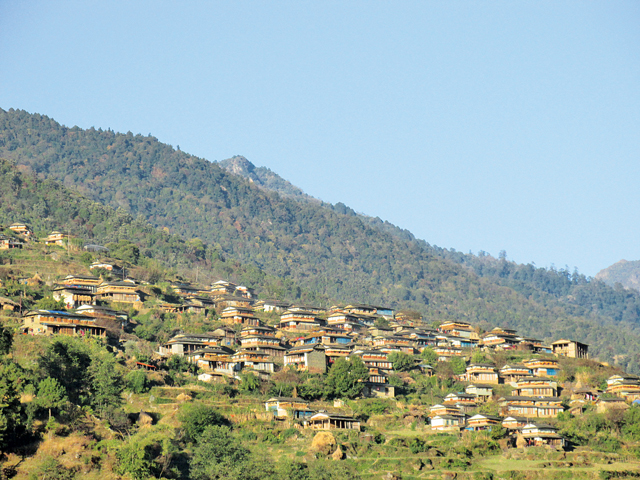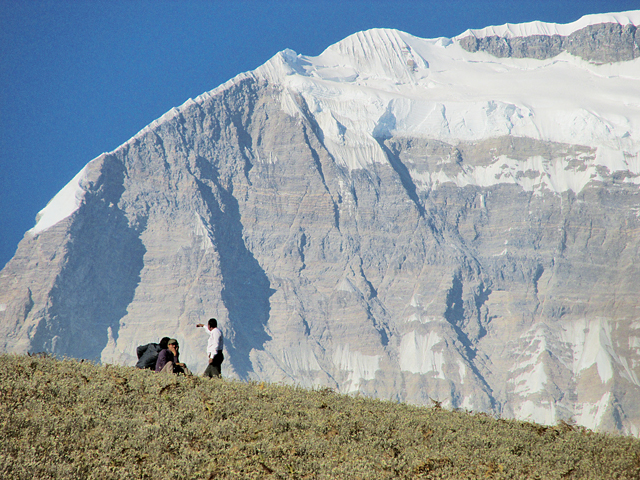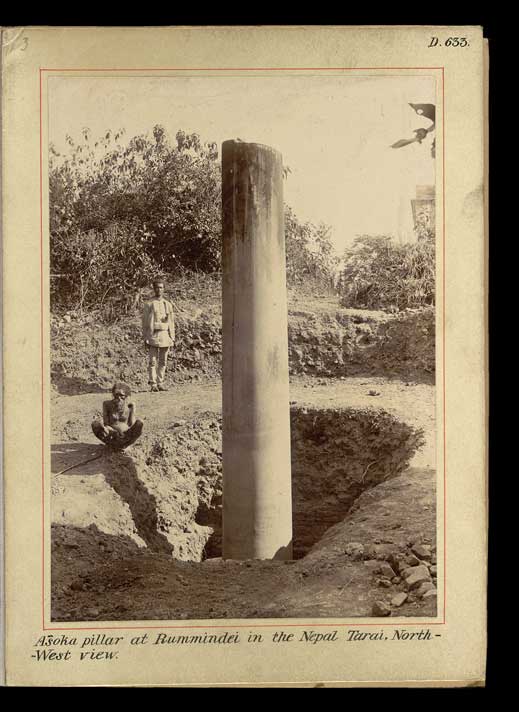Myagdi has a lot to offer: stunning topography, rich culture, ancient Newari architecture in Beni, majestic temples, impressive mountain ranges, all sorts of wildlife, and not to forget, red pandas.
 2016. What a year! Again. I’m so incredibly thankful and humbled by everything that this year brought. Some travels were solo, some with friends. I love getting lost. Yes, Myagdi has a lot to offer: stunning topography, rich culture, ancient Newari architecture (Beni), majestic temples, impressive mountain ranges, all sorts of wildlife, and not to forget, my favorite red panda. Myagdi is an enthralling place to visit. I have been tempted to visit this place for so many years, and finally I made it.
2016. What a year! Again. I’m so incredibly thankful and humbled by everything that this year brought. Some travels were solo, some with friends. I love getting lost. Yes, Myagdi has a lot to offer: stunning topography, rich culture, ancient Newari architecture (Beni), majestic temples, impressive mountain ranges, all sorts of wildlife, and not to forget, my favorite red panda. Myagdi is an enthralling place to visit. I have been tempted to visit this place for so many years, and finally I made it.
Last January, I headed to this majestic land, the district headquarters Beni Bazaar is 290 km from Kathmandu, and 80 km from Pokhara. It is the gateway to Mustang, also the famous Annapurna circuit trek route with the highest and biggest Tilicho Lake (4,919 m) and the world’s second highest pass, Thorang La (5,416 m). Beni Bazaar is located at the confluence of the Kali Gandaki and Myagdi Rivers. It is mainly divided into two parts by the Kali Gandaki.
As soon as we arrived at Beni, we saw that the streets were lined with people, I mean lots of people, occupied with daily chores. Life isn’t perfect. But it’s pretty damn good. Next day, we headed for a village named Muna, which comprises of the indigenous Magar community. Most of the houses are synchronized in some kind of striking pattern.
 Muna Village
Muna Village
From here, we drifted to Gurja village, one of the remote villages of Myagdi. It is an 8-9 hour walk from the nearest human civilization. We started our journey after having a cracking brunch.
As we were getting closer and closer to this village, we were welcomed by snow-capped Gurja Himal at stone’s throw distance. As we were approaching this himal, I remembered the famous quote by Hermann Buhl, “Mountains have a way of dealing with overconfidence.” The Gurja village is around 2,800 m above sea level. As we were getting closer and closer to the village, it started getting dark, and we had just arrived at my first-ever homestay. Homestay here is generally much less expensive than hotels. And, more personable.
 Gurja Himal
Gurja Himal
During our stay in the homestay, we were served scrumptious Nepali food. Due to extensive use of herbs and rich organic flavor, this cuisine possesses a unique and relaxing taste.
Nepali food
Traveling in the Himalayas allows you to meet the local people, to discover life in the villages, and to explore a whole different way of living.
Another exceptionally interesting stop in our journey was Dhorpatan Hunting Reserve. This reserve spreads across scores of districts, but we trekked up to Jaljala, bordering Myagdi and Baglung districts. During our journey to Jaljala, we encountered different kinds of wildlife, including some eye-catching bugs.
Colorful bug
This place, Jaljala, is so immeasurably expansive that it can literally land a Boeing 777. Jaljala lies at 3,400 m above sea level with faint layer of air to breath.
Typical morning at Jaljala
In Jaljala, you often see yaks in your backyard, literally backyard I mean, how often do you see fat yaks breathing thin air?
Fat yak breathing thin air
The people here are warm, friendly, and extremely welcoming. This is truly a fulfilling experience. I was mesmerized by the simplicity of life in the village. Eat. Walk. Enjoy. Repeat. Life gets really simple in the mountains. Happiness, too. A baked potato. Folk music. That’s all you want to be happy in the Himalayas. Simple.
The author is affiliated to Red Panda Network.
sarojnshrestha@gmail.com/Saroj.stha44@gmail.com









